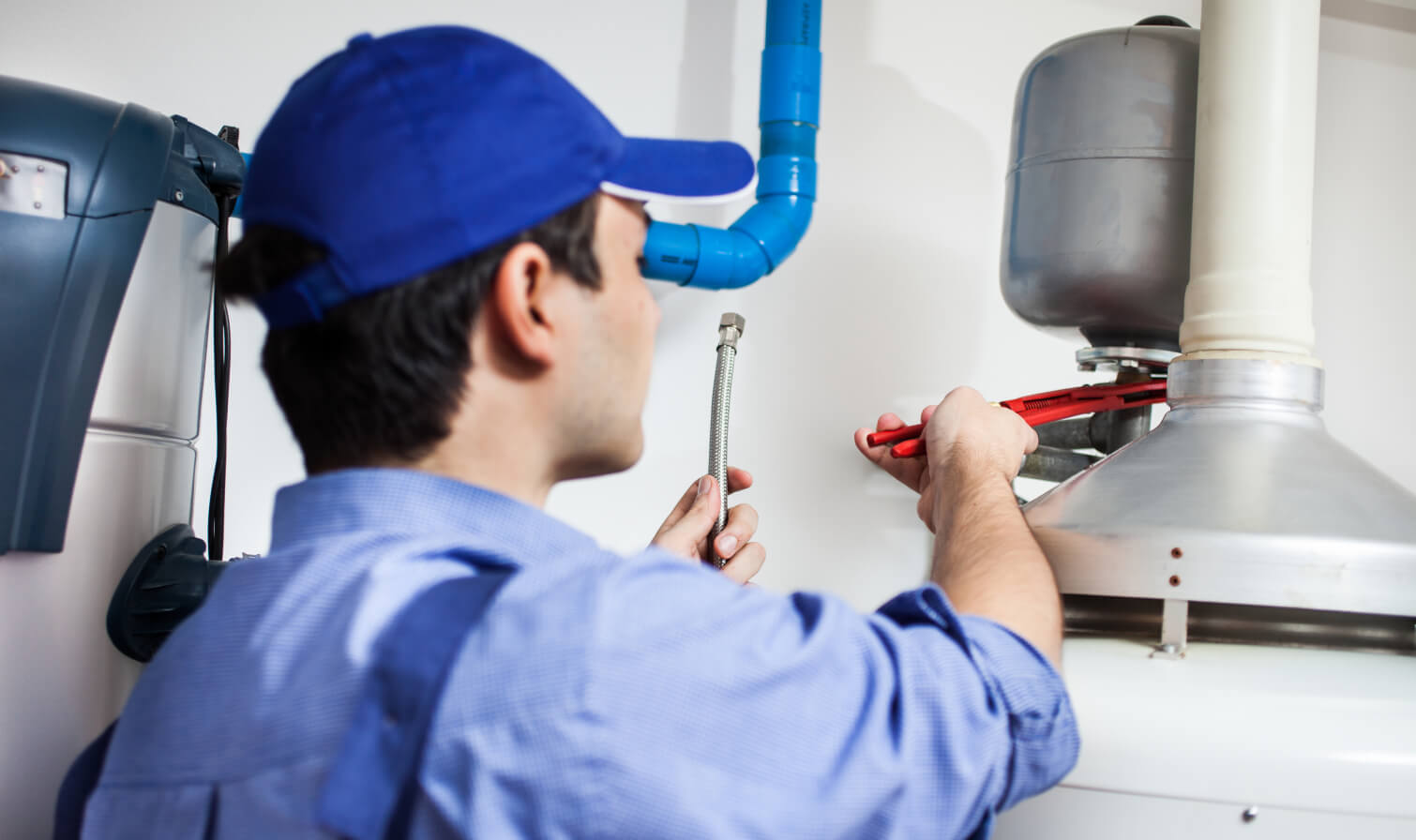Don't Panic! Emergency Water Heater Repair Solutions for Every Homeowner
Having hot water readily available in our homes is something we often take for granted. But when the water heater breaks down, it can feel like a major crisis, especially in the colder months. However, there's no need to panic. With a little bit of knowledge and some simple tools, you can often fix common water heater issues yourself. Here are some emergency water heater repair solutions that every homeowner should know.
1. No Hot Water
If you turn on the hot water faucet and there is no hot water, the first thing to check is the pilot light. On gas water heaters, the pilot light should be lit. If it is out, try relighting it following the manufacturer's instructions. If the pilot light won't stay lit, you may need to replace the thermocouple. On electric water heaters, check the circuit breaker to ensure it hasn't tripped. If the breaker is fine, you may need to replace the heating element.
2. Inadequate Hot Water
If you're not getting enough hot water, the thermostat on the water heater may need adjustment. It should be set to a temperature between 120 and 140 degrees Fahrenheit. If the thermostat is set correctly but you still don't have enough hot water, the issue may be with the dip tube. The dip tube is a plastic tube that sends cold water to the bottom of the tank to be heated. If it is broken or deteriorated, it may need to be replaced.
3. Leaking Water Heater
A leaking water heater can be a cause for concern, but it doesn't always mean you need to replace the entire unit. In many cases, the leak can be fixed by replacing a faulty valve or tightening a loose connection. Before attempting any repairs, make sure to turn off the power supply and the water supply to the heater. If the leak is coming from the pressure relief valve, it may simply need to be replaced. If the tank itself is leaking, it's best to consult a professional plumber to determine if it can be repaired or if a new water heater is necessary.
4. Strange Noises
If your water heater is making strange noises such as rumbling or popping sounds, it may be an indication of sediment buildup in the tank. Over time, minerals in the water can settle at the bottom of the tank, causing these noises. Flushing the tank can often resolve the issue. To do this, turn off the power supply and the water supply to the heater. Attach a hose to the drain valve at the bottom of the tank and open the valve to drain the tank. Be cautious as the water may be hot. Once the tank is empty, close the valve and fill it back up before turning the power supply back on.
5. Foul Odor
If your hot water has a foul smell, it is likely due to bacteria growth in the tank. To get rid of the odor, you can try flushing the tank with a hydrogen peroxide solution. Turn off the power supply and the water supply to the heater. Pour a mixture of 2 pints of hydrogen peroxide and 2 gallons of water into the tank. Let it sit for a couple of hours before draining the tank completely. Rinse the tank thoroughly before refilling it and turning the power supply back on.
While these emergency water heater repair solutions can often fix common issues, it's important to note that more complex problems may require the help of a professional plumber. If you're unsure about any repairs or if you're not comfortable working with gas or electricity, it's best to seek professional help. Additionally, regular maintenance of your water heater can help prevent many of these problems from occurring in the first place. By flushing the tank annually and checking for signs of wear and tear, you can extend the life of your water heater and avoid unexpected breakdowns.

